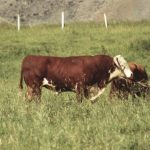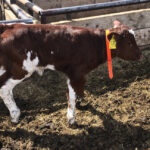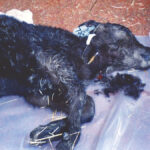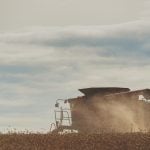
Tag Archives calving

Important tips on birthing backward calves
You need to confirm their actual position before you start pulling

Calving wrapped up in 20 days
We have well-aged manure to spread for fertilizer on pasture

Select herd sires to meet end-use objectives
Are you breeding for meat production or replacement heifers? A program could be a combination of live service as well as AI

Tips for keeping track of newborn calves
A couple simple ideas to find calves during a hectic time of year

An esophageal feeder is a key tool in saving calves
Animal Health with Roy Lewis: It is an effective way to administer a range of products to newborn or sick animals

Tips for warming cold calves
Get colostrum into newborn calves, and get them dried off

Tips on using a calf puller
Often it is not needed, but when it is be careful with positioning and pulling pressure

Tips for delivering a backwards calf
Animal Health with Roy Lewis: If one calf presents backwards, there is a good chance there may be another

Important scour-prevention tips for calves
Keep calving facilities clean, and focus on good herd health status

A busy beginning to calving season
Eppich News: A quick start, but with a couple of unfortunate losses


